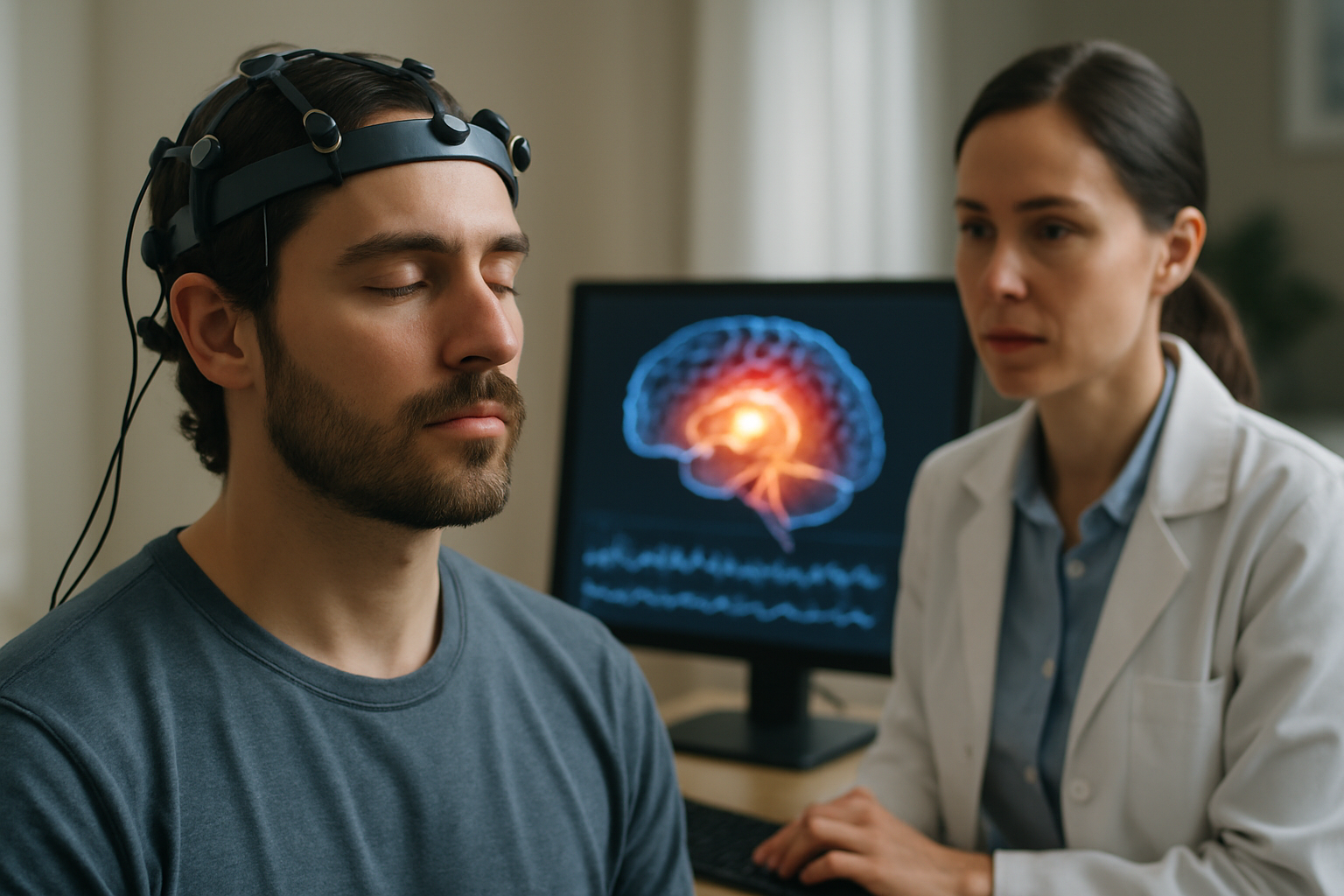Navigating the Labyrinth: Understanding Alzheimer's Disease
Alzheimer's disease, a progressive neurological disorder, has become one of the most pressing health concerns of our time. As populations age worldwide, the prevalence of this devastating condition continues to rise, affecting millions of individuals and their families. The impact of Alzheimer's extends far beyond memory loss, touching every aspect of a person's life and challenging our understanding of cognition, identity, and the human experience. Despite decades of research, the exact causes of Alzheimer's remain elusive, and effective treatments are limited. However, recent advancements in neuroimaging, genetics, and biomarker research have opened new avenues for early detection and potential interventions, offering hope in the face of this formidable adversary.

For decades, Alzheimer’s was considered a rare condition primarily affecting younger individuals. It wasn’t until the 1970s and 1980s that researchers began to recognize it as a common cause of dementia in older adults. This shift in perspective coincided with increasing life expectancies and a growing awareness of age-related cognitive decline.
The Biology of Alzheimer’s: Plaques, Tangles, and Beyond
At its core, Alzheimer’s disease is characterized by the accumulation of abnormal proteins in the brain. The two primary culprits are beta-amyloid, which forms plaques between neurons, and tau, which creates tangles within nerve cells. These protein aggregates disrupt normal brain function, leading to the death of neurons and the progressive loss of cognitive abilities.
However, recent research has revealed that the story is far more complex than initially thought. Inflammation, vascular changes, and disruptions in brain metabolism all play crucial roles in the development and progression of Alzheimer’s. This multifaceted nature of the disease presents both challenges and opportunities for researchers seeking to develop effective treatments.
Risk Factors and Prevention: A Holistic Approach
While age remains the most significant risk factor for Alzheimer’s, scientists have identified numerous other contributors. Genetic factors, particularly the APOE ε4 allele, can increase susceptibility to the disease. Cardiovascular health, education level, social engagement, and lifestyle choices also play important roles in determining an individual’s risk.
Increasingly, researchers are emphasizing the importance of a holistic approach to Alzheimer’s prevention. Regular physical exercise, a healthy diet rich in antioxidants and omega-3 fatty acids, cognitive stimulation, and social interaction have all been associated with reduced risk of cognitive decline. The concept of “cognitive reserve” – the brain’s resilience to neuropathological damage – has gained traction, suggesting that lifelong learning and mental engagement may help protect against Alzheimer’s.
Diagnosis and Early Detection: The Promise of Biomarkers
One of the greatest challenges in combating Alzheimer’s has been the difficulty of early diagnosis. Traditionally, the disease could only be definitively confirmed through post-mortem brain examination. However, recent advances in biomarker research have revolutionized our ability to detect Alzheimer’s in its earliest stages, even before symptoms appear.
Cerebrospinal fluid tests measuring levels of beta-amyloid and tau proteins, as well as advanced neuroimaging techniques like positron emission tomography (PET) scans, can now reveal the presence of Alzheimer’s pathology years before cognitive symptoms manifest. This early detection capability opens up new possibilities for intervention and treatment, potentially allowing us to slow or even prevent the progression of the disease.
The Search for Effective Treatments: Challenges and Breakthroughs
Despite billions of dollars invested in Alzheimer’s research, the development of effective treatments has proven frustratingly elusive. Numerous promising drug candidates have failed in clinical trials, leading some to question the dominant “amyloid hypothesis” that has guided much of Alzheimer’s research.
However, recent years have seen renewed hope in the field. In 2021, the FDA approved aducanumab, the first new Alzheimer’s drug in nearly two decades. While controversial due to its limited efficacy and potential side effects, the approval has reignited interest in amyloid-targeting therapies. Other approaches, such as tau-focused treatments, anti-inflammatory drugs, and therapies aimed at improving brain metabolism, are also showing promise in early-stage trials.
The Impact on Caregivers and Society
The burden of Alzheimer’s extends far beyond those diagnosed with the disease. Caregivers, often family members, face enormous emotional, physical, and financial challenges in providing round-the-clock care for their loved ones. The toll on mental health, career prospects, and personal relationships can be severe, highlighting the need for better support systems and resources for caregivers.
On a broader scale, the societal impact of Alzheimer’s is staggering. The economic costs of care, lost productivity, and research funding amount to hundreds of billions of dollars annually. As populations age worldwide, these costs are projected to skyrocket, potentially straining healthcare systems and economies.
Ethical Considerations in Alzheimer’s Research and Care
As our understanding of Alzheimer’s grows and new treatments emerge, so too do complex ethical questions. The use of genetic testing for early risk assessment raises concerns about privacy and potential discrimination. The development of drugs that may slow cognitive decline but not improve quality of life presents difficult decisions for patients, families, and healthcare providers.
Moreover, the increasing ability to detect Alzheimer’s pathology before symptoms appear raises philosophical questions about the nature of identity and personhood. How do we balance the potential benefits of early intervention with the psychological impact of knowing one’s cognitive future?
The Future of Alzheimer’s Research: A Multidisciplinary Approach
As we move forward in the fight against Alzheimer’s, it’s becoming clear that a multidisciplinary approach is essential. Collaboration between neuroscientists, geneticists, data scientists, and clinicians is driving innovative research strategies. The use of artificial intelligence to analyze vast datasets of brain scans, genetic information, and clinical records is uncovering new patterns and potential treatment targets.
Additionally, there’s growing recognition of the need to study diverse populations to fully understand the disease. Historical biases in medical research have led to an overrepresentation of white, Western subjects in Alzheimer’s studies. Expanding research to include more diverse populations may reveal new insights into risk factors, progression, and potential treatments.
In conclusion, while Alzheimer’s disease remains one of the greatest health challenges of our time, there are reasons for cautious optimism. Advances in early detection, a deeper understanding of the disease’s complex biology, and innovative research approaches are paving the way for more effective treatments and, potentially, prevention strategies. As we continue to unravel the mysteries of this devastating condition, we move closer to a future where Alzheimer’s no longer casts such a long shadow over the lives of millions.




